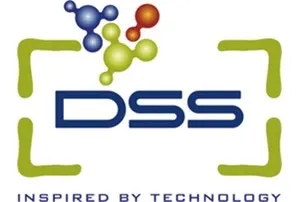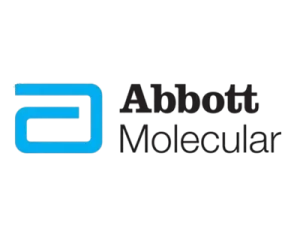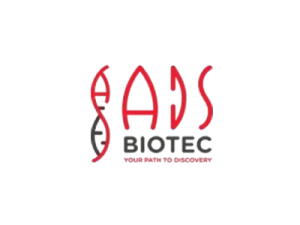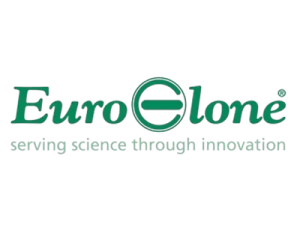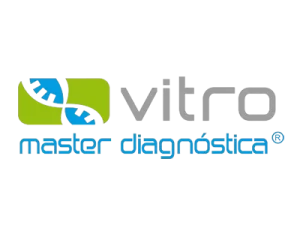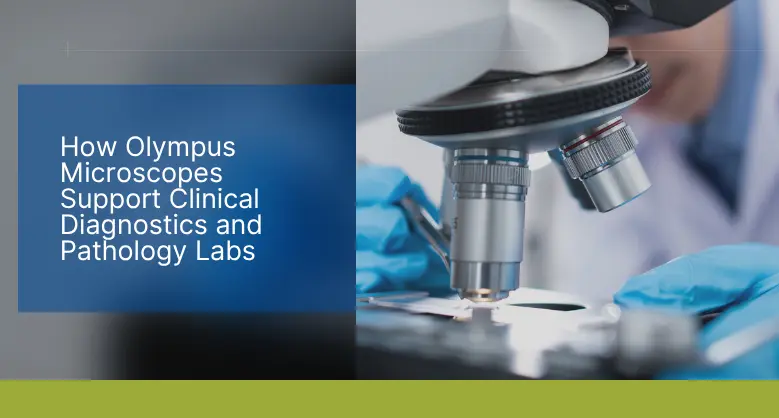DSS: Redefining Biotechnology & Life Science in India
- About Us
- Products & Services
PRODUCTS & SERVICES
-
Kits Reagents & Consumables
- Cytogenetics
- Dyes
- Fluorescence In Situ Hybridization (FISH)
- High-Performance Liquid Chromatography (HPLC)
- Histology
- Immuno Histo Chemistry (IHC)
- IVF Consumer bill
- Molecular Pathology & Diagnostics
- Multiplex Ligation-Dependent Probe Amplification (MLPA)
- Nucleic Acid Extraction
- PharmDx
- Real Time PCR
- Special Stains
- Instruments
- Software
- Accessories
- Advanced Material
-
Kits Reagents & Consumables
- Applications & Specialities
All Applications & Specialities
- Brands
- Contact Us
-

-
 0
0
- ☰
- About Us
- Products & Services
-
Kits Reagents & Consumables
- Cytogenetics
- Dyes
- Fluorescence In Situ Hybridization (FISH)
- High-Performance Liquid Chromatography (HPLC)
- Histology
- Immuno Histo Chemistry (IHC)
- IVF Consumer bill
- Molecular Pathology & Diagnostics
- Multiplex Ligation-Dependent Probe Amplification (MLPA)
- Nucleic Acid Extraction
- PharmDx
- Real Time PCR
- Special Stains
- Instruments
- Software
- Accessories
- Advanced Material
-
Kits Reagents & Consumables
- Applications & Specialities
- Brands
- Brand - Life Sciences
- 3i
- ABBERIOR INSTRUMENTS
- Abbott Molecular
- ADS Biotec
- APPLIED SPECTRAL IMAGING
- BioAir Tecnilabo
- DAKO (AGILENT)
- Eden Tech
- Elveflow
- ENTROGEN
- EUROCLONE
- EVIDENT
- Genea
- Hamamatsu Photonics
- Invivoscribe
- MASTER DIAGNOSTICA
- MBF BIOSCIENCE
- Medical Tek Co. Ltd
- MILESTONE MED SRL
- Molecular Machines & Industries
- MRC HOLLAND
- NeoDx
- Onward Assist
- Profound
- SCIENTIFICA
- SpaceGen
- Seqlo
- µCyte
- Brand - Industrial
- Brand - Life Sciences
- News & Events
- Career
- Contact Us
- Testimonial
- Blogs
- R&D
- CSR
- Press Release
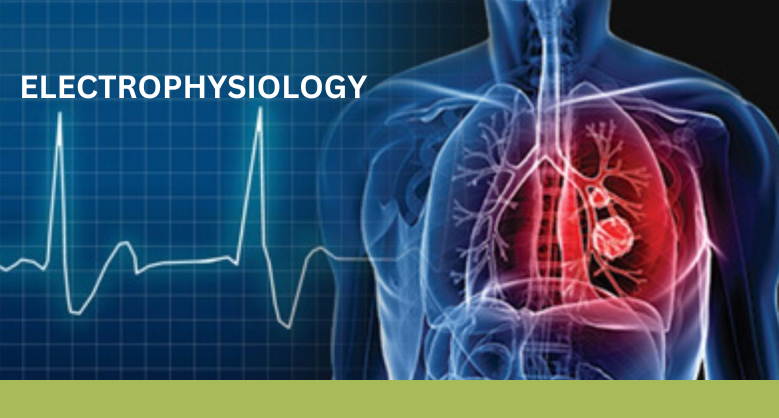
ELECTROPHYSIOLOGY
BY Muskan Jain January 11, 2023
Electrophysiology studies the change in electrical properties of living neurons and investigates biological and molecular processes within the nervous system. In neuroscience communication between neurons is based on electrical and chemical signals. So, the electrophysiology technique records neuron activity and helps scientists to decode the intracellular and intercellular messages or any neuronal disorder by measuring the electrical activity of the cell.
Planar patch clamp is a novel electrophysiology tool developed for high throughput and to understand ion channel behaviour. It plays a key role in many neurological and cardiovascular diseases., as well as in physiological functions.
Electrophysiology lab
Every EP lab setup is different depending upon the requirement of the experiments where some equipment is mandatory and some are not.
An electrophysiological setup has four main lab requirements which are common in all the setups to record electrical signals from neurons.:
1. Environment — for keeping the preparation healthy;
2. Optics — visualizing the preparation;
3. Mechanics — stably positioning the microelectrode;
4. Electronics — amplifying and recording the signal.
Electrophysiology rig- It is an instrument used in electrophysiology techniques. The standard setup of the electrophysiology rig is shown here-
Microelectrode-Two types of electrodes are metal electrodes and glass micropipettes filled with an electrolyte solution. The signals are detected by these microelectrodes which further transfer signals to the amplifier, oscilloscope and computer.
Headstage-It is the central hub which connects the microelectrode with an amplifier to detect electrical signals and contains the electrode holder which stabilizes the recordings. The headstage is positioned with the help of a micromanipulator and attached to the Microdrive.
Micromanipulator-Allows movements in all the axes i.e., X, Y, and Z axes allowing the proper position of a microelectrode in tissue. A micromanipulator which has fine-scale units of measurement (usually μm) is good and can be used in specific regions of the brain or tissue
Microdrive-It is used to lower or raise microelectrode to a depth in very steps. Remote control Microdrive is used to reduce hand vibration. In very fine steps, the Microdrive lowers or raises the microelectrode at a specific depth in tissue.
The amplifier-The signal is then passed from the microelectrode on the headstage to the amplifier where amplification of the signal takes place. After that amplifier transfers signals to the oscilloscope or computer.
Oscilloscope-Receives signals from the amplifier and displays membrane potential over time. Any changes in electrical voltage can be heard on the loudspeaker.
Microscope-It is necessary for all kinds of physiological recordings. A low-power microscope is used to see morphological features of the brain and tissue. The inverted microscope is preferred over any other because it allows easy access to the sample and provides a larger platform for the micromanipulator.
Computer- The software in the computer makes it easy to write programs which can introduce electrical stimulus for tissue preparations and record neural responses, display results of the experiment even when an experiment is going on and also do real-time data analysis.

Electrophysiology Testing
EP testing is the most efficient parameter for the evaluation of nerves. It can be diagnostic, prognostic, and potentially therapeutic. This testing is primarily used in patients who have irregular heart rhythms (arrhythmia). supraventricular tachycardia (SVT) or any other type of tachycardia then EP study will provide the best treatment. Electrophysiology testing has some drawbacks like negative EP does not determine arrhythmia in a patient, and does not provide anatomic information about the peripheral nerve or location of lesion.
Latest Articles
World AIDS Day: Breaking the Stigma and Understanding HIV Testing
BY DSS Imagetech Pvt Ltd December 1, 2025
Worlds AIDS Day 2025 focuses on the theme “Overcoming disruption, transforming the AIDS response.” Highlighting the need for a stronger, more resilient approach to end the epidemic. This theme acknowledges...
Read MoreHow Olympus Microscopes Support Clinical Diagnostics and Pathology Labs
BY DSS Imagetech Pvt Ltd November 26, 2025
In the world of modern medicine, the clinical diagnostics laboratory is the engine room of the healthcare system. It is a high-stakes, high-pressure environment that operates largely unseen by the...
Read MoreThe Role of Genetic Testing (BRCA, Onco-panels) in Breast Cancer...
BY DSS Imagetech Pvt Ltd November 18, 2025
Breast cancer is a complex and deeply personal diagnosis that will affect many women in their lifetime. For decades, our primary approach was reactive: focusing on awareness, monthly self exams,...
Read More
